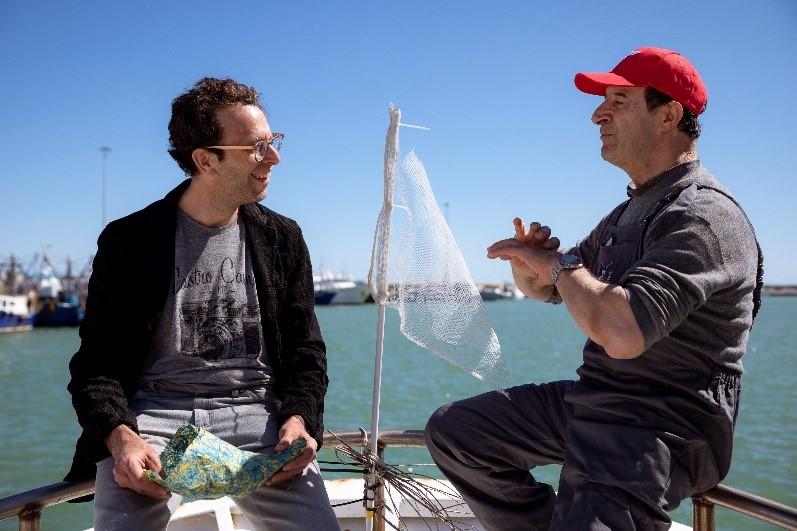FPT Industrial: Cleaning the Seas and Fishing for Plastic
Raising public awareness of environmental protection and protecting our seas is essential. And the project "Fishing for Plastic" tries to give a concrete answer. Between May and June, in fact, some forty fishing boats from San Benedetto del Tronto, on Italy’s Adriatic coast, collected and brought ashore all the plastic recovered during fishing. A month after the start of the activity, CNH Industrial global powertrain brand FPT Industrial and the initiative partners took stock, at the Museum of the Sea in San Benedetto del Tronto (Ascoli Piceno), literally bringing to the surface significant data.
The fleet employed in San Benedetto del Tronto was the largest ever used in Italy for this purpose: the group of boats fished some three tons of plastic in just over a month. By analysing the waste in detail, 48% consists of commonly used or disposable items, such as bottles, containers, plastic bags and food packaging, while 34% is lost or abandoned fishing and mussel farming gear, such as fishing and mussel breeding nets, lines, ropes, buoys and floats. The remaining 18% consists of fragments of plastic, objects that are difficult to identify or other unusual and curious items, such as inflatable mattresses, toys, beach balls, balloons, a computer keyboard, a dummy's head, a gas mask and a printer cover.
If we take into consideration all the waste brought ashore by the fishermen, the total rises to some six tons. A figure that makes us think if examined qualitatively: 53% is plastic waste, 13% is textile material, 11.5% metal and rubber, 4.6% glass and 4% mixed waste. Less than 2% is food waste produced by fishermen, such as bottles, cans or food packaging. 28% of the items come from fishing and commercial navigation: in addition to fishing gear, there are metallic paint cans, filters and engine gaskets , oilcloths and boots and work gloves.
"The protection of the environment is a topic that we have very much at heart and that, like FPT Industrial, we translate into two key concepts: concreteness and awareness," says Egle Panzella, Head of Brand Equity, Sustainability and Heritage of FPT Industrial. "Precisely for this reason we are very keen on the Fishing for Plastic project, as it represents a real gesture which the data submitted today proves. The pilot phase has just ended, but we decided, together with all the partners, to extend it until mid-August, so that this "fishing" can become a custom and not a short-term project".
As the Brand intends to continue to raise public awareness on the issue of environmental protection and the protection of the seas, its engagement will also continue throughout the Summer through FPT Industrial's social channels.
The project "Fishing for Plastic" was carried out in collaboration with CNH Industrial, Clean Sea Life – an established European project that has been raising awareness of the issue of waste at sea and on the beaches of the Mediterranean, the Port Authority of San Benedetto del Tronto, the Municipality, PicenAmbiente, Garbage Service, the Central Adriatic Ports Authority and MedSharks.
But FPT Industrial's commitment does not stop here. The Brand has in fact sponsored Christian Holstad's work of art, "Consider yourself as a guest (Cornucopia)", which was presented at the Biennale, the International Art Exhibition in Venice. For the development of this site-specific installation, the artist was inspired by the constant news about the increasing pollution of the seas and oceans from all over the world and by the firsthand testimonies of the fishermen of San Benedetto del Tronto. As a symbol of their commitment, the fishermen gave Christian Holstad a fishing net, which the artist will use in his work of art. The installation is reminiscent of a cornucopia, an ancient symbol of luck and abundance, made entirely with plastic waste, which becomes the opportunity to reflect on the urgent need to tackle the issue of pollution of our seas. The classical meaning of this iconic image is thus distorted by the artist, acquiring an unprecedented negative sense of "excess", while the close relation between the artwork and water aims to clearly and immediately raise public awareness, literally "bringing to the surface" a topical problem rather than leaving it hidden in the depths of the sea.




